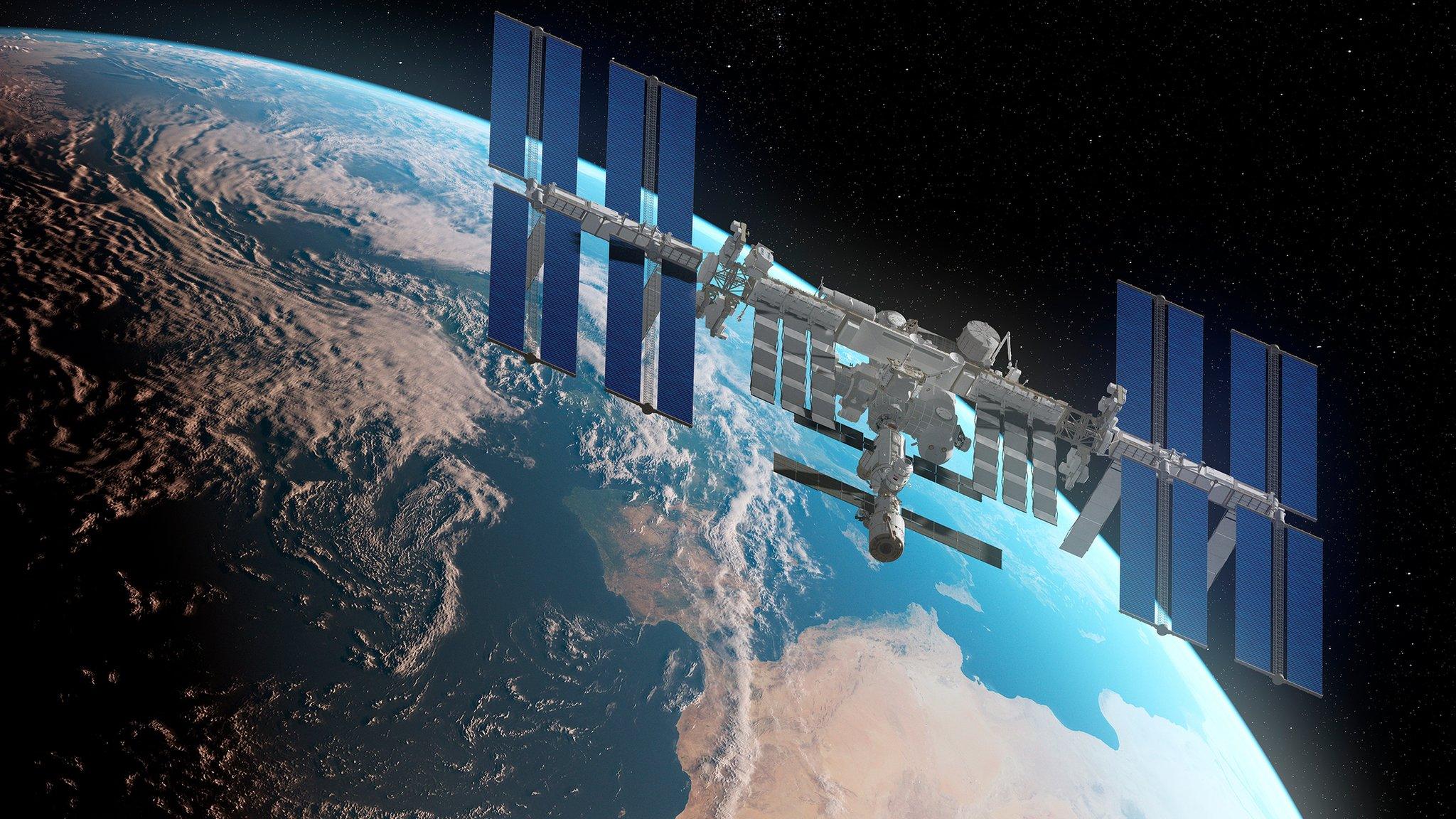Shoot for the Moon: The big space missions in 2021
- Published
- comments
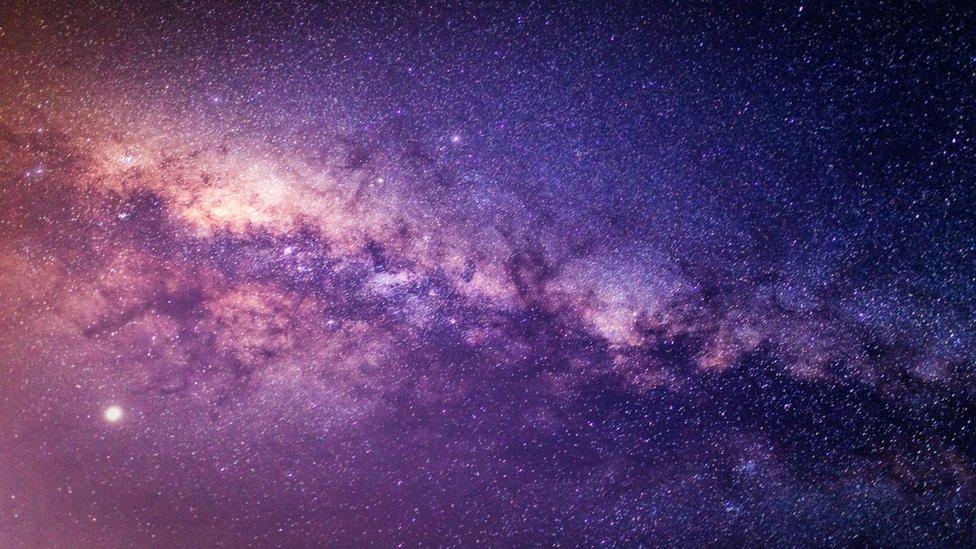
The last year has been pretty significant when it comes to big space milestones.
History was made with the Curiosity rover sending back amazing pictures of Mars' surface, Nasa astronauts being sent to space on a rocket owned by the private company SpaceX, and the European Space Agency turning 45.
And Nasa has announced a packed schedule of space missions for 2021 - so there's a lot to be excited about.
Here's what's coming up...
Mars
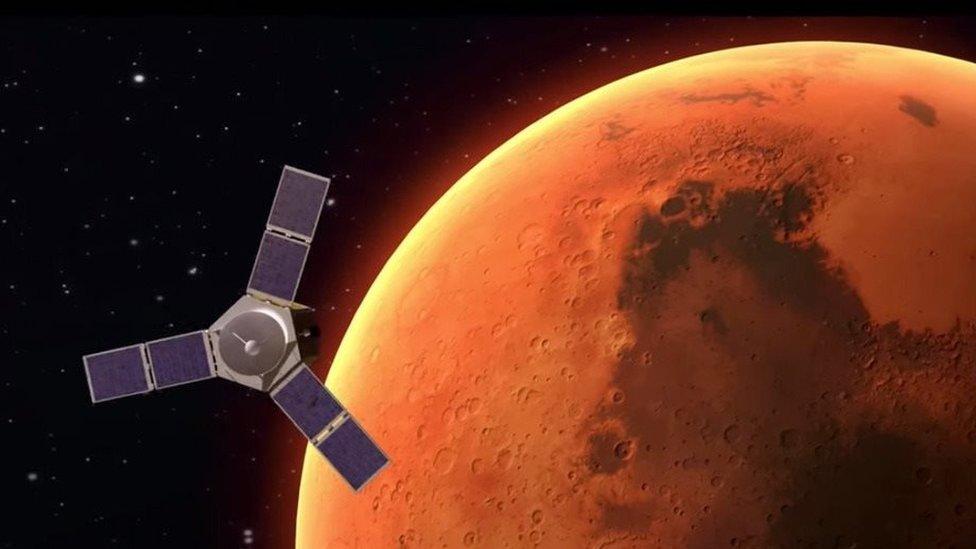
Spacecraft from three Mars exploration programmes - Mars 2020, Tianwen-1, and Hope - are all expected to enter the planet's orbit in February.
The United Arab Emirates expect their Hope orbiter to arrive by 9 February. Nasa's Perseverance rover will attempt landing on 18 February, while the Chinese lander should arrive on 23 April.
But Nasa's mission isn't just about launching the Perseverance to collect rock samples. During the mission, Nasa will deploy the Ingenuity helicopter from the rover in the first demonstration of rotorcraft on another planet.
It also plans to attempt to produce oxygen from the Martian atmosphere, something that will be critical for future human exploration of the Red Planet.
The Solar System
In July, Nasa will launch the first test for its new planetary defence project. The Double Asteroid Redirection Test, which is about the size of a small car, will deliberately crash into an asteroid moon in Autumn 2022 to change its motion.
Watch to find out more about Nasa's Double Asteroid Redirection Test aka DART!
Thankfully it's just a test, as the asteroid Didymos, nor its targeted moon Dimorphos, pose any threat to our planet.
Meanwhile Nasa's James Webb Space Telescope - a large space telescope optimised for infrared wavelengths which has suffered a number of delays to its mission into orbit - is finally scheduled for launch in October.
It's hoped it will find the first galaxies that formed in the early universe and peer through dusty clouds to see stars forming planetary systems.

The Moon
Last year Nasa revealed its plans to send astronauts back to the Moon by 2024, but there are a lot of major steps needed to make this happen.
This mission, called Artemis 1, will aim to launch the new SLS rocket this year sending the Orion spacecraft on a loop around the Moon without a pilot.
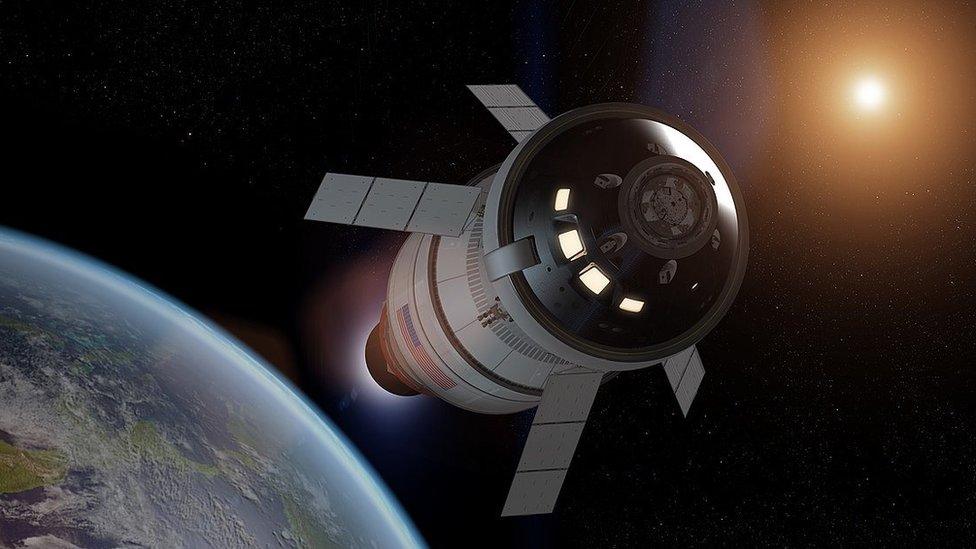
Artemis 1 is planned to fly in November, the first flight of the Space Launch System, although there have been some set backs due to rocket delays and the coronavirus pandemic, so watch this space!
The first lunar mission for Orion, a month-long mission around the Moon, is due to happen by Autumn.
Its aim is to lay the foundations for human lunar exploration and enable us to 'explore like never before'.
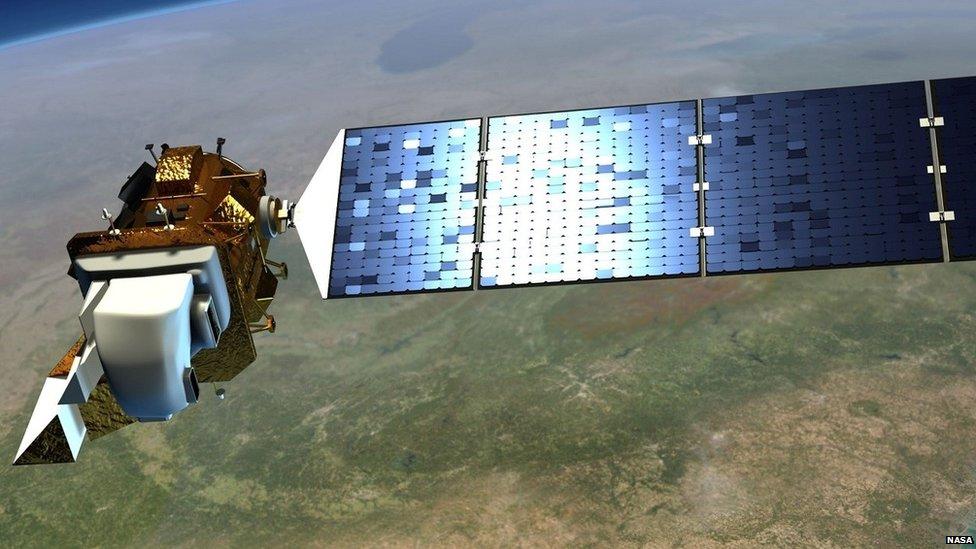
Landsat 9 is due for launch in September 2021 and will continue to observe and record changes in the Earth's surface
Elsewhere the Space Agency aims to send up a new Earth-observing satellite - Landsat 9, the latest satellite in the Landsat series - to continue to measure and keep track of changes on the global land surface, like tropical deforestation and melting glaciers.
Russia plans to launch its Luna-25 interplanetary station in October 2021, with the creation of the device and all tests planned will be completed in summer of 2021.
India's third lunar exploration mission Chandrayaan-3 could launch in late 2021.
Asteroids
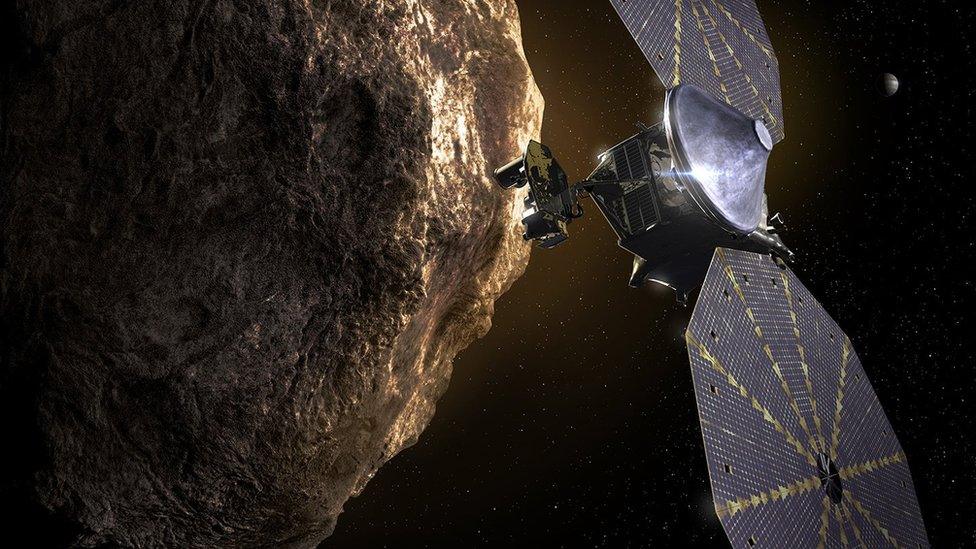
Lucy, a Nasa space probe will launch in 2021 and begin a 12-year journey to seven different asteroids, visiting six Jupiter trojans, and one Main Belt asteroid.
Trojans are asteroids which share Jupiter's orbit around the Sun, orbiting either ahead of or behind the planet.
Space tourism
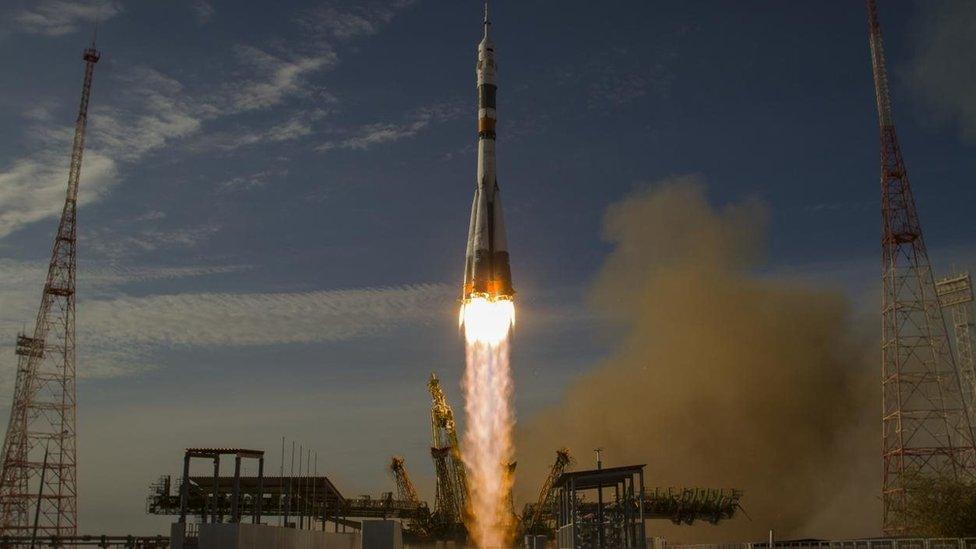
Russian State Space Corporation Roscosmos says it plans to begin offering space tours this year, launching two tourists into orbit.
It's signed a deal with US space tourism company called Space Adventures, to fly the passengers to the International Space Station (ISS).
The mission will be the first tourist flight to the station in 12 years, following the 2009 flight of Canadian billionaire Guy Laliberte.
- Published5 December 2020
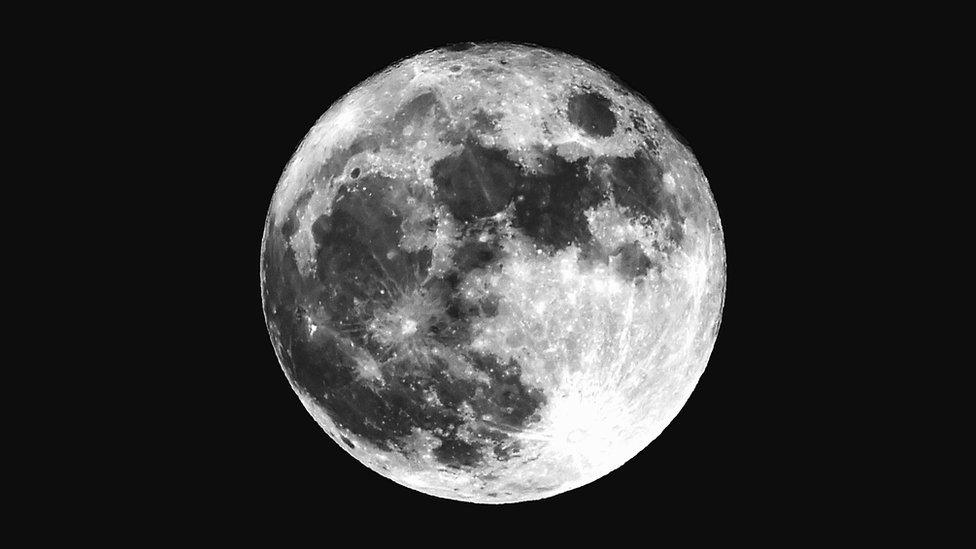
- Published13 December 2020
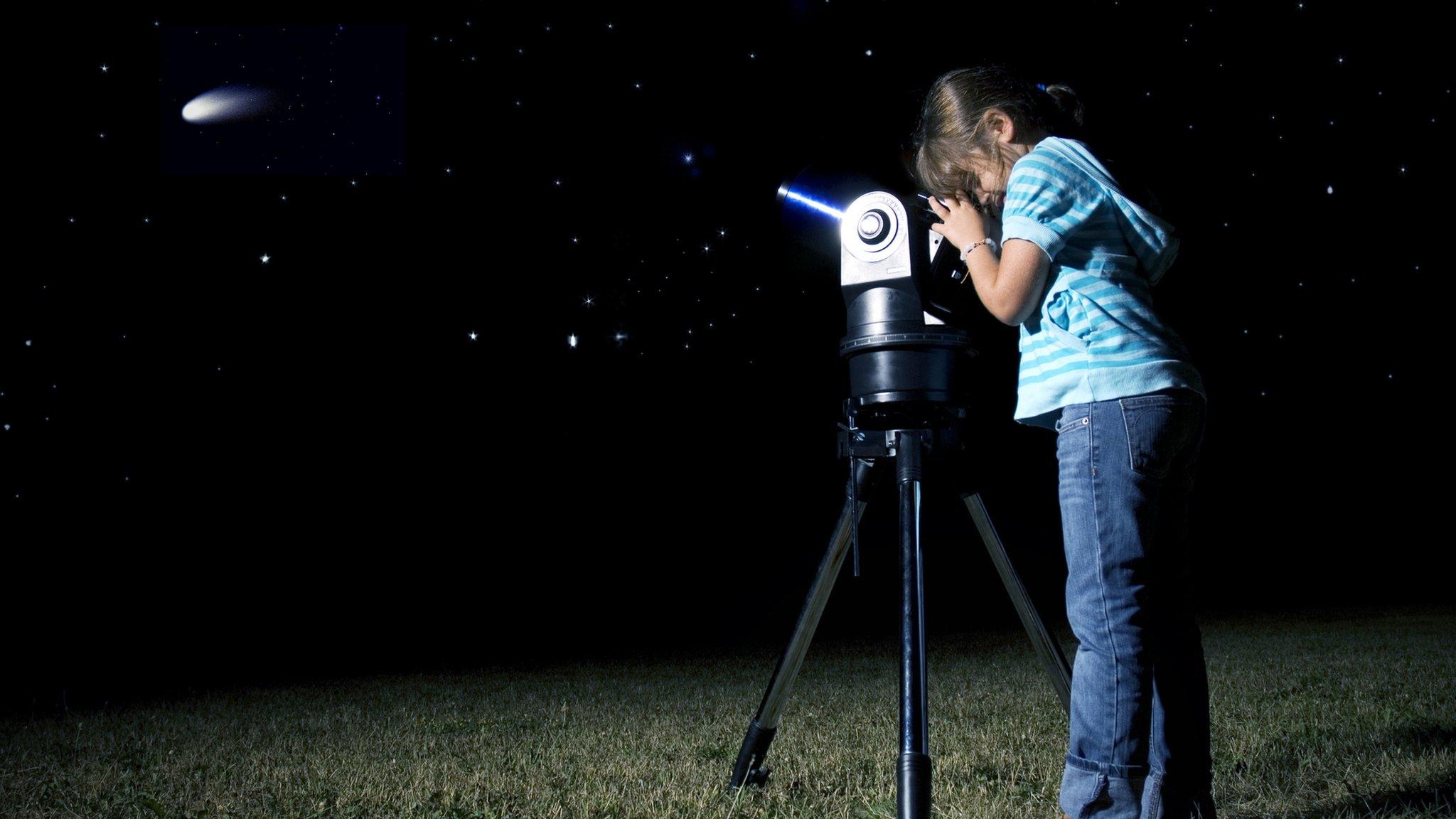
- Published3 November 2020
